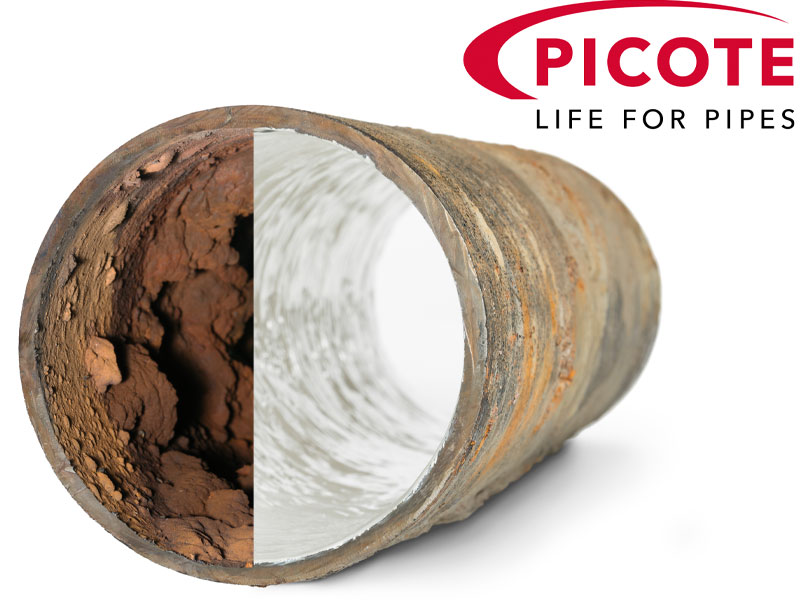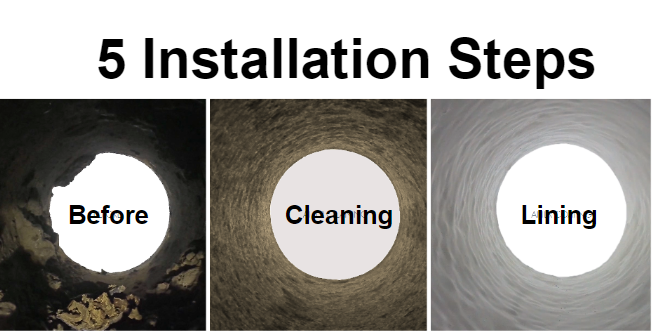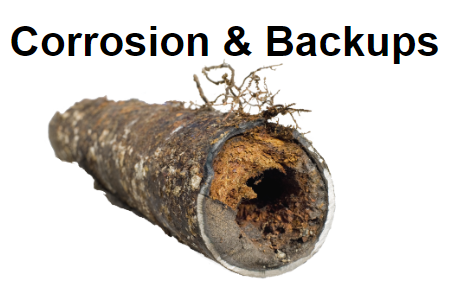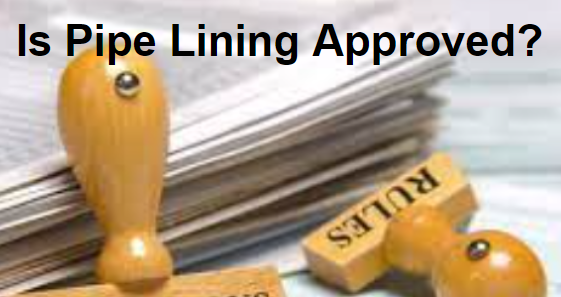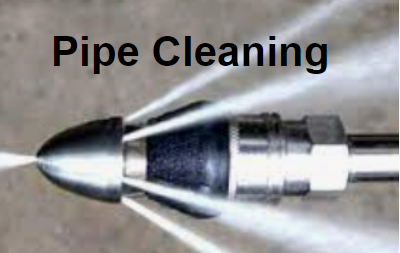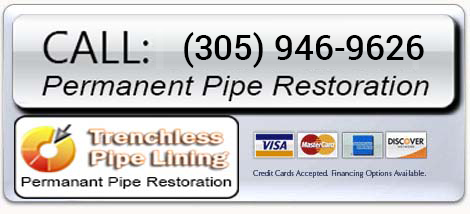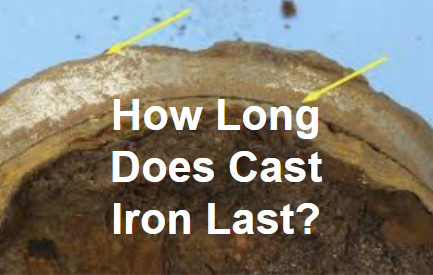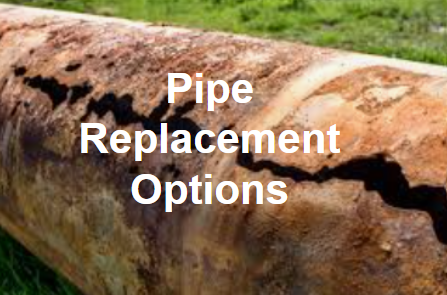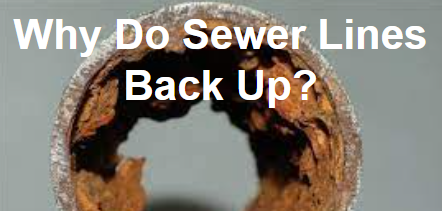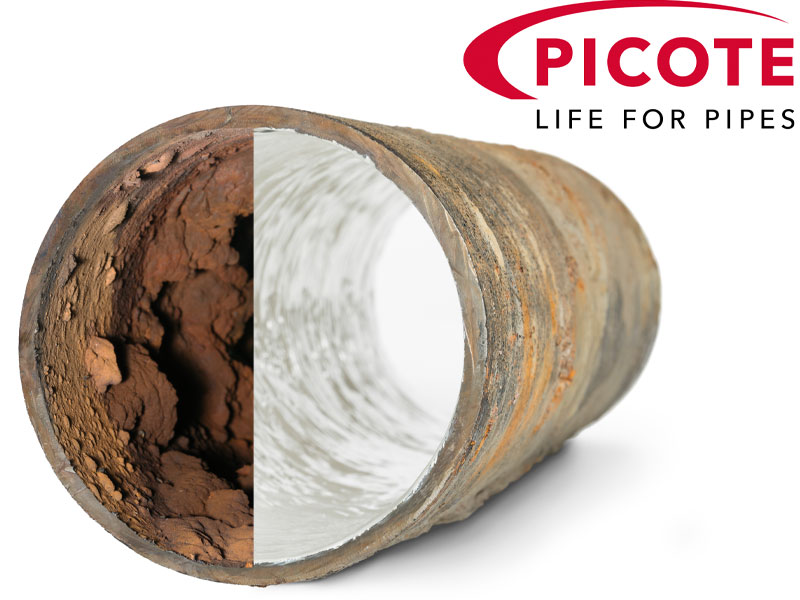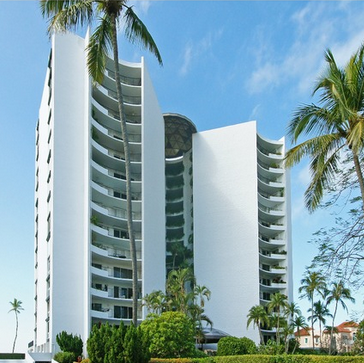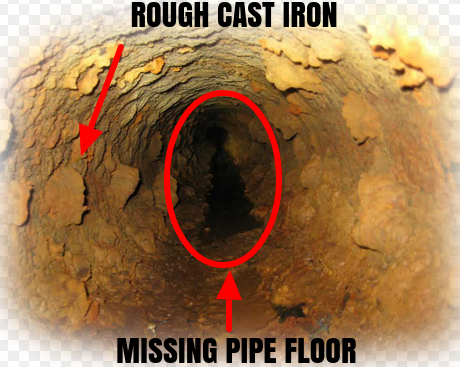
Repairing a Leaking Underground Drain Pipe
The task of repairing a leaking underground drain pipe is indeed daunting. Nevertheless, with these outlined simple steps below, you can address this issue promptly and effectively.
Identifying the Leak
To begin with, identifying the location and severity of the leakage is key. Look out for signs such as:
- Frequent backups
- Soggy areas
- Standing water
- Foul odors
These signs confirm the presence of leakage out of the cracks formed by corrosion. Careful excavation must be carried out around the area where the leakage is suspected, accompanied by caution to avoid incurring more damage. Usually, however, trenchless pipe lining can be used to repair the pipes (see below).
Inspecting the Pipage
Subsequently, inspect the pipage quality for cracks, holes, and damage. This will determine whether it’s possible to fix the damaged area using:
- Cured in-place pipe lining
- Epoxy pipe lining
If there are negligible damages detected, you can use these solutions. However, if extensive piping damage is found, consisting mostly of severe cracks and holes in your piping systems, priority should be given to replacing that particular section of affected pipes or consider pipe relining.

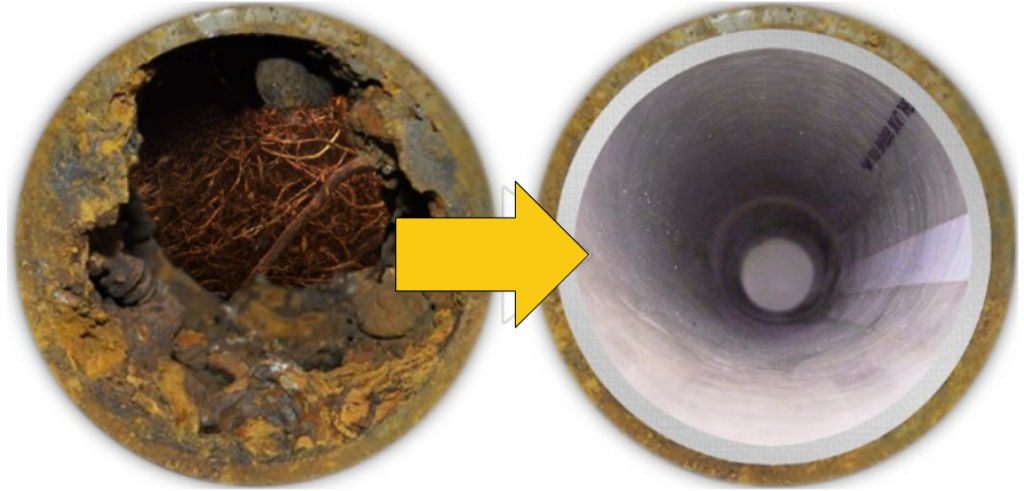
Seeking Professional Assistance
When faced with complex underground pipe repairs, seeking assistance from professional plumbers or drainage specialists is highly recommended since they possess the expertise and tools necessary for effective handling.
Pipe Relining or Drain Reline
Pipe relining or drain relining is a non-intrusive technique employed in fixing damaged underground pipes by inserting liners into existing pipes using innovative technology without excavation.
The drain relining process involves the following steps:
- Initial inspections take place using specialist CCTV cameras and other diagnostic tools to pinpoint which part of the pipe system needs attention.
- Cleaning follows, clearing any blockages including debris and tree roots for a smoother pathway before relining can be carried out.
- The liner installation requires a flexible epoxy/resin-coated lining pushed through the pipeline and then carefully inflated.
- It’s then left to cure into position, creating a new seamless structure inside the existing pipes.
- Lastly, quality checks are conducted to ensure the end product is robust and reliable, avoiding any follow-up issues due to mistakes made during previous stages of repair work.
Longevity of Drain Lining
The longevity of drain lining varies depending on various factors such as material quality and environmental conditions. On average, drain lining can typically last between 50 to 100 years. However, individual circumstances like chemical exposure or shifting ground conditions could potentially affect its lifespan negatively.
Regular maintenance inspections play a vital role in detecting potential issues that could compromise the lifespan of your drain lining. Consulting with experienced professionals in this field provides tailored insights based on your specific circumstances.
